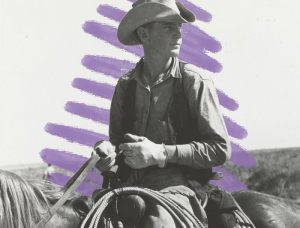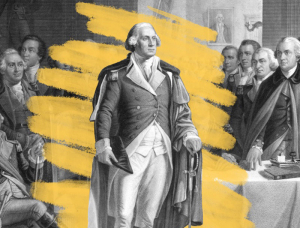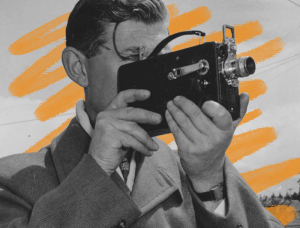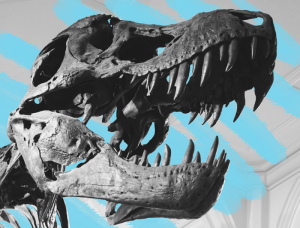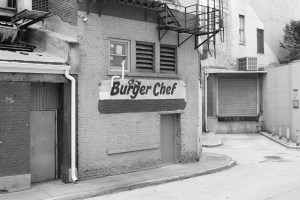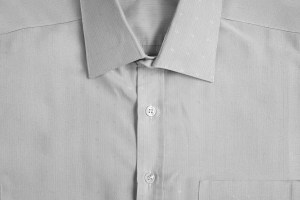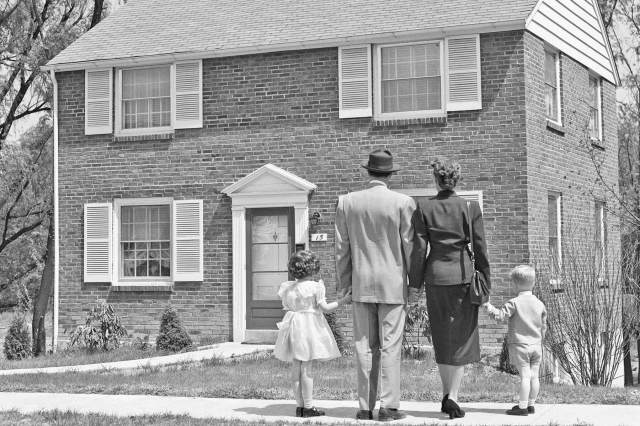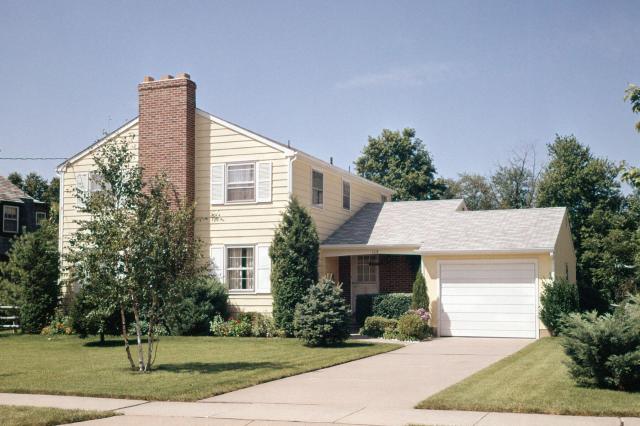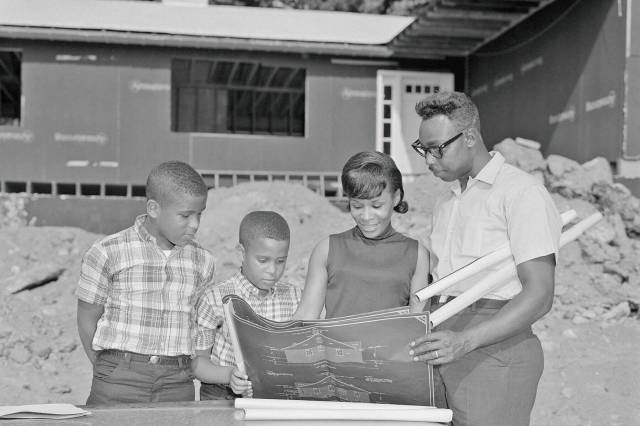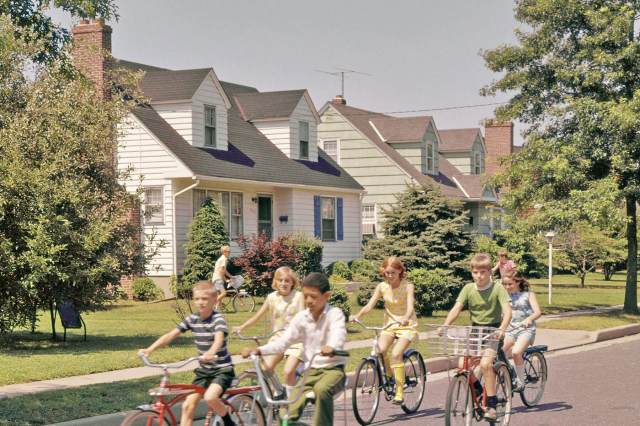What Did a House Cost During the Baby Boom?
The baby boom was a global increase in the number of births in the years following the end of World War II. In the United States, the time frame is generally defined as between 1946 and 1964, when around 76 million people were born. It coincided with a period of economic prosperity that also saw a boom in home ownership. Census data shows that 43.6% of Americans owned a home in 1940; by 1960, that number rose to 61.9%, an increase of more than 18%. We took a look at the average cost of a house during this boom time, using data from the U.S. Census Bureau and inflation calculations from the U.S. Department of Labor’s Consumer Price Index.
The 1950s

At the onset of the baby boom, the housing stock was still in a state of stagnation due to the wartime conservation of building materials. As a result, in 1947, 6 million households saw families sharing living space with extended relatives, and approximately 500,000 households were living in make-do spaces such as detached garages, trailers, or otherwise temporary housing. But a few key programs reshaped the housing market: the Servicemen’s Readjustment Act (better known as the GI Bill), Veterans Administration (VA) home loans, and the already-established Federal Housing Authority (FHA).
